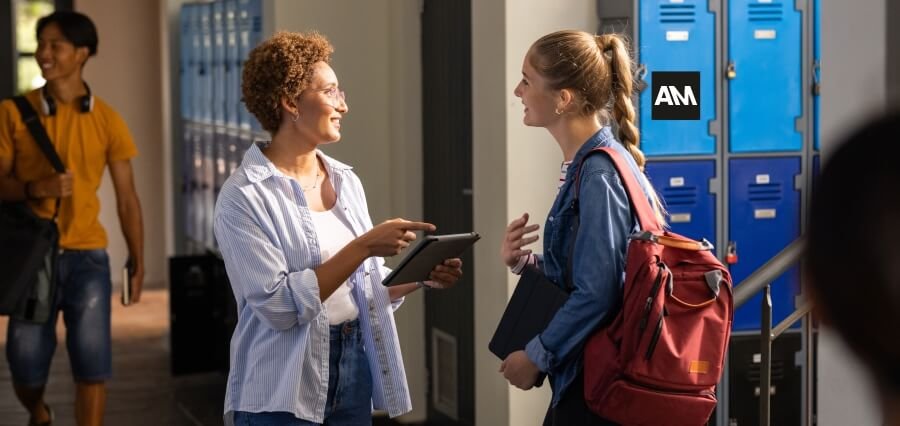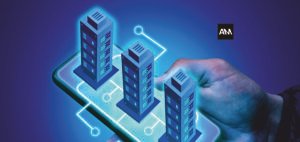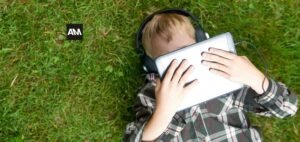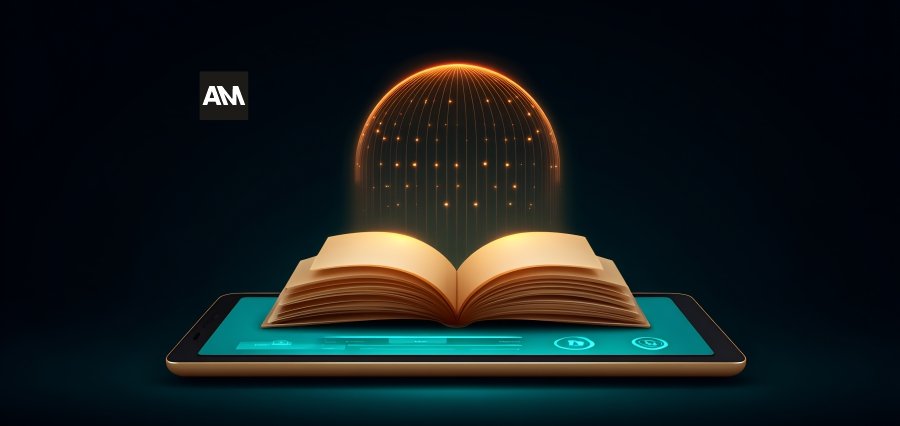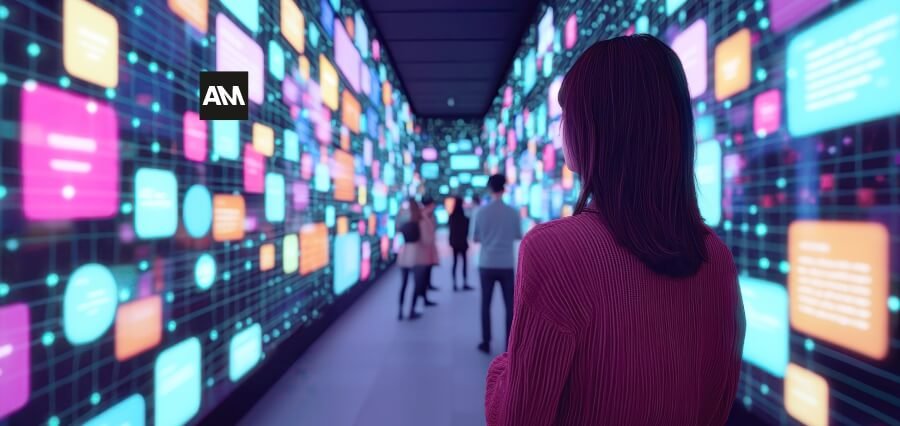Guiding Learners
In a world that is becoming more dynamic and requires flexibility, critical thinking, and creative thinking, newer schools of thought are starting to understand that the traditional top-down pedagogical approach is no longer adequate. Rather, there is a shift towards the empowerment of the student, a transformational notion that empowers the learner to be in control of their own learning experience, initiating them into voice, agency, and competences to navigate complex things and create their own futures. This forward-thinking embracing of student empowerment in return is reshaping learning contexts and allowing for more interconnected youth development in today’s time.
One of the most important ways that schools of today develop student empowerment is, however, through offering student voice and choice in learning. Breaking away from prescribed curricula, schools more and more, increasingly, are giving students choices and the freedom to select topics of interest, select learning activities most appropriate to their own mode of learning, and even participate in the design of the projects and the exams. That level of freedom provides them with a sense of ownership for learning, transforming it from being something “done to them” to something that they “do with” their teachers. Once students are made to believe that they are being heard and their views matter, there is increased internal motivation, thus better learning experience and participation.
In addition to this, such organizations are also engaging students positively with student-led projects and leadership. Because they know that leadership can be acquired through practice, schools and colleges are enabling students to lead. This can be anything from student council and school clubs to coordinating community service activities or even school-wide green initiatives. For example, Indian schools are adopting “Scholarship Ministers” where students help other students complete scholarship applications, learning leadership and social responsibility. These opportunities also allow students means of obtaining practical skills such as project management, teamwork, communication, and problem-solving through real-life situations, from theoretical bases to practical and into real student empowerment.
The incorporation of tailored learning paths facilitated through technology is also a mass-scale effort that fosters student empowerment. Modern learning platforms use data analysis and Artificial Intelligence (AI) to provide content, pace, and pedagogic style that are uniquely tailored to each learner’s requirements. This means students can progress at their own rate, receive personalized support whenever and as often as they require it, and are presented with challenging material when they are ready for it. This individualization ensures that each student feels heard and understood, so that they feel motivated to take ownership of the learning process. This personalized strategy, characteristic of modern education systems, also enhances academic achievement as well as self-confidence, inducing a feeling of student empowerment that resonates hauntingly close to the personal experience of learning.
Modern schools, to this degree, are also prioritizing self-efficacy and resilience as requirements for student empowerment. This aside from educational content on matter, today’s curricula incorporate Social-Emotional Learning (SEL) courses that introduce the students to self-awareness, emotional regulation, care for others, and good judgment. The students are convinced to create personal goals, reflect on their accomplishments, and perceive failure as an opportunity to learn and not as failure. In developing a growth mindset and providing survival techniques for pressure and adversity, institutions are empowering young people with emotional intelligence and mental toughness to cope with academic pressures, and even life pressures in the future. A focus on wholesome development ensures that empowerment of students is not restricted to the academic field to the emotional field as well. Organisations also make active learning and inquiry pedagogies available to enable student empowerment.
Beyond the passive lectures, classrooms today are transformed into living-learning spaces where there are debates, simulations, group work, and experiential laboratories. Inquiry-based learning, for example, encourages students to ask questions, research, and construct their own understanding of concepts. It transforms learners from passive consumers of information into knowledge producers who are active, with an increased capability to solve problems, think critically, and analyze. Through active engagement in learning, youth acquire intellectual autonomy, one of the pillars of student empowerment. The other basic program in student empowerment is the establishment of safe and inclusive classrooms.
Today’s schools have come to understand that there is a requirement to provide cultures in which every learner is listened to, appreciated, respected, and a holder of a sense of belonging and worth regardless of background, ability, or identity. This involves positive action against discrimination, celebrating diversity, and giving equal access to facilities and opportunities. When students feel confident to share their thoughts, pose questions, and make errors without fear of being judged, they learn efficiently and are ready to experiment. Empowering condition of this type is the backbone of true student empowerment to allow all to flourish and reach his or her full potential. Finally, schools today are more committed to connecting studies to life and to career goals, thereby empowering the students.
They are connecting the business and academic communities through internships, mentoring, career guest speakers, and project learning that addresses real community or business problems. This type of relevance makes learning more real and allows the learners to value the here-and-now worth of what they learn. By providing them with well-defined channels and empowering them with productive capabilities and connections, institutions can allow them to make productive decisions regarding the future phase of their working lives and are positioned to make productive contributions to society. This productive policy puts power in the students’ hands and brings it to fruition in terms of concrete achievement beyond the classroom. Lastly, schools today are becoming determined and varied in fostering student empowerment, realizing its expert role in developing capable, confident, and adaptable young individuals.
By emphasizing student voice and agency, leadership opportunities, use of personalized learning technology, development of self-efficacy, active learning, inclusive classrooms, and connecting learning to the real world, these schools are doing more than simply transferring information – they’re creating a generation that can take control of their own lives and become positive contributors to an ever-changing world. Such ongoing commitment to enabling students is an extremely powerful and positive realignment of the very purpose and aim of education itself in current times.

